My Brazilian Christmas experience was beautifully Czech. I think I have never drunk this much Slivovice (a traditional Czech strong alcohol made of plums) as at this Christmas. And I have never eaten this much potato salad (a traditional Czech Christmas dish) as this year. Also I´ve never had my place decorated with a Czech flag, but this year.
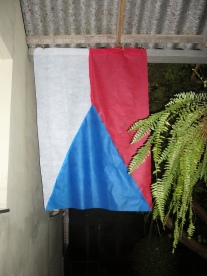
The Czech flag made by our host Marcos to welcome us in his family
You might remember that more than a month ago in São Paolo I met Petr, a Czech guy travelling around Brazil. Back then he invited me to spend Christmas with him and three of his friends (one Czech and two Brazilians) in Marcelino Ramos, in the southern city of Brazil in the state of Rio Grande do Sul.
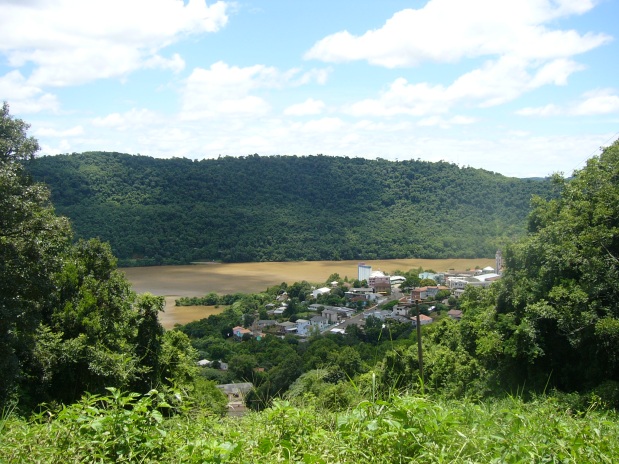
His invitation was very kind but seemed a bit crazy. Travelling for more than 24 hours on the bus to spend Christmas with a guy I knew for less than a day and with three other people I´ve never met? Yes, of course. That´s crazy enough to guarantee a great Christmas.
There is a very interesting thing about the distance in Brazil. Nothing is close. In Europe, it is possible to travel for 100 km and you are in the neighbouring country. In Brazil, you travel for 100 km and you don´t even reach the neighbouring city. Therefore, in Europe I would honestly think it was ridiculous to plan to travel about 1100 km there and 1100 km back by bus to shortly see even a very close friend. However, my perception on what is a ridiculous distance changed drastically here. A thousand kilometres is nothing in Brazil so I ended up on the bus.
To be honest, however, the journey was terrible. I had got cold, I shivered with fever, I was unable to sleep properly and with my gluten-free diet I was unable to buy proper food on the way so I starved with nuts. My past European views on the insanity of long distance travelling by bus was revived. But then….
Four huge smiles welcomed me at the bus station. I was given big hugs and I could speak my mother tongue! The bus journey was totally worth it.
In the following week, I had an incredibly good time. We visited the thermal spa of Marcelino Ramos (yeah, crazy to dive into water of 35*C when outside it is 35*C), went on a walk in the nearby national park, made a trip by train pulled by a steam locomotive and gave an interview in the local radio (the podcast is available here). Mainly, however, we made churrasco, drank chimarrão and capirinha and mixed it all with slivovice.
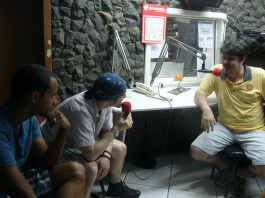
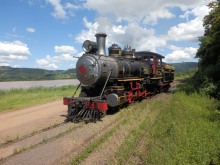
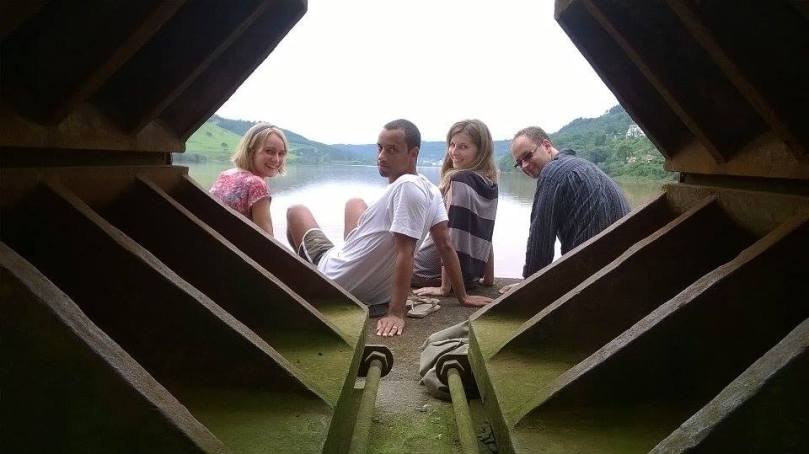
Making churrasco – barbecue,
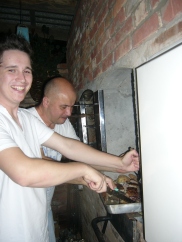
is in my opinion, the most popular activity of many Brazilians. They can spend hours sitting around the churrascaria (a barbecue grill), waiting for their meat to be ready and in the meantime just enjoying the company of their family or friends.
In southern Brazil the waiting time (either for the meat or generally for anything else) is accompanied by chimarrão. It is a hot mate served in a traditional cup called cuia and straw called bomba. There
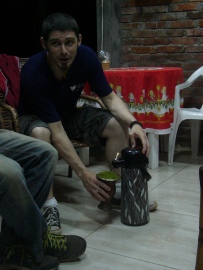
several rules one must follow when preparing and even drinking the chimarrão. The most surprising for me was that everybody who wants to drink shares the same cuia and bomba. Never mind if you think it´s not hygienic. It is the tradition. Even when you enter a hairdresser and they offer you a chimarrão, you are going to share it with all the other strangers in the room. There are many more rules which I find hard to remember. But for the gaúchos (as the residents of Rio Grande do Sul proudly call themselves) it seems natural to know them by heart. I guess it comes with the fact that they drink it absolutely anywhere at anytime.
Capirinha is another typically Brazilian thing. It is usually made of cachaça (liquor made of sugarcane), lime and sugar. The combination of a sugarcane liquor with sugar makes it way too sweet for me so I greatly welcomed that Petr brought slivovice from the Czech Republic.
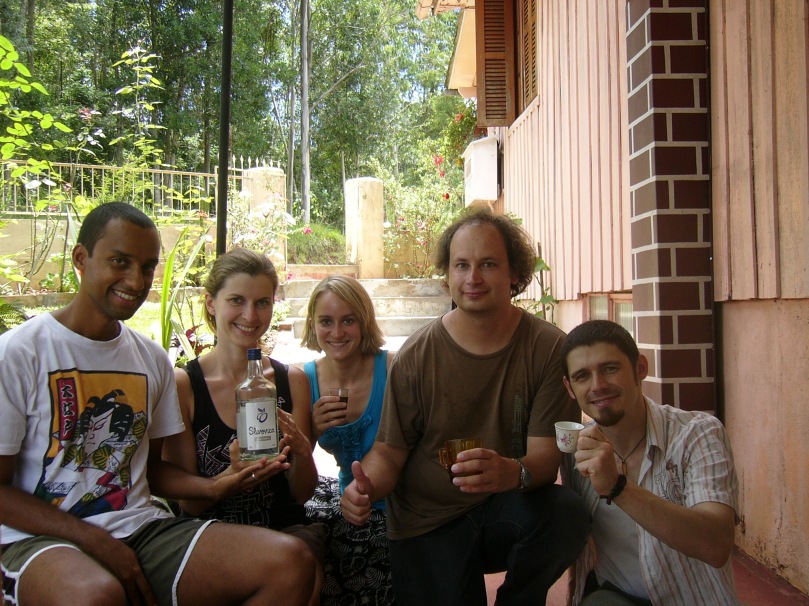
The Christmas day itself was weird. I was sitting in the garden with my short sleeves and I decorated my hair with flowers that fall from a tree. On 24 December it was about 35*C outside which made it very hard to believe that it was a Christmas day. However, in the evening when dinner was ready and everybody got into a festive mood, I started to accept that indeed it was Christmas.
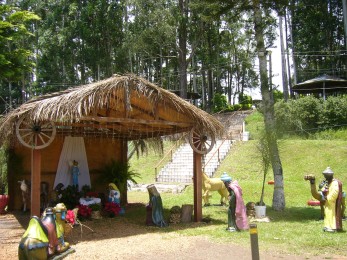
We had a turkey for dinner with potato salad. Normally, lots of families stay at the table until midnight when it is time for gifts under the Christmas tree. That is similar to the Czech tradition apart from opening the gifts already at about 8 pm.
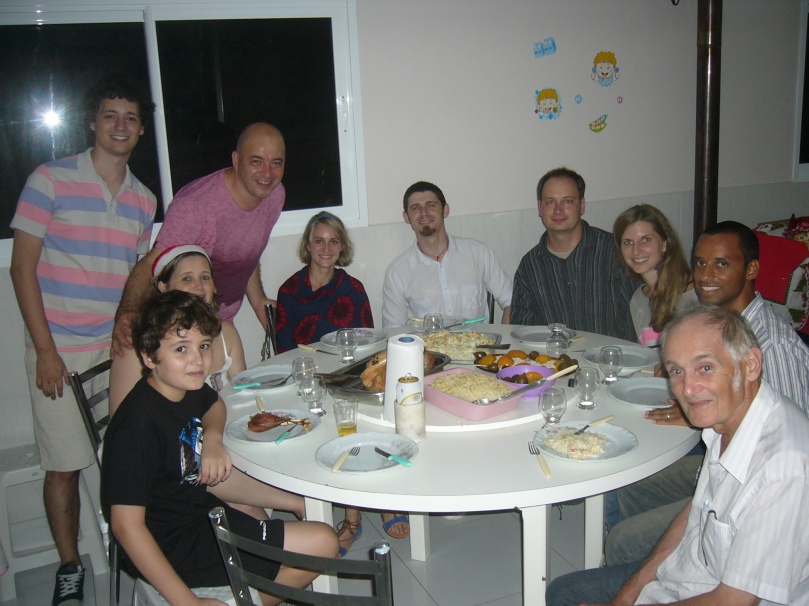
All in all, I had an absolutely amazing Christmas time. That was mainly thanks to the great people who had never met me and yet invited me to stay with them and made me feel as an integral part of their group. The Brazilian hospitality seems infinite and if nothing else, I hope this will be something I can learn from the nation and keep the lesson with me forever.
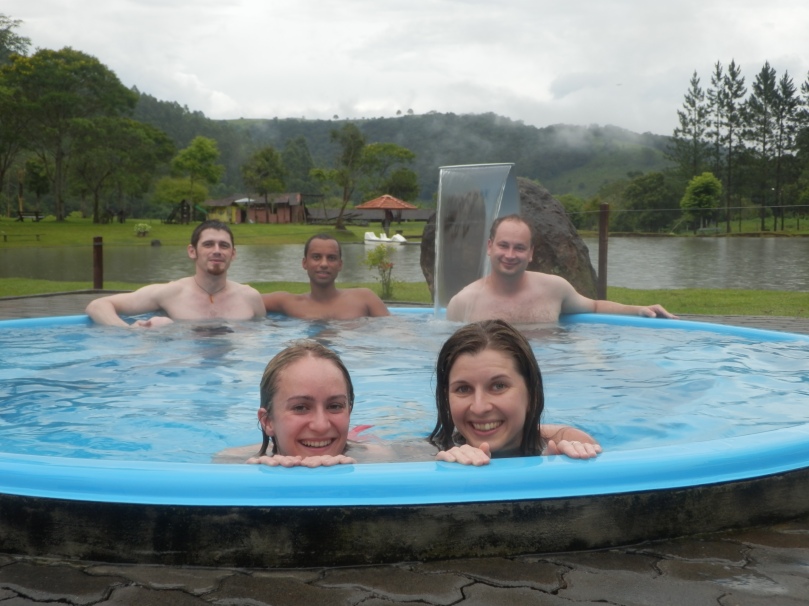
I’m glad to know that you enjoyed your staying in my land, it was a pleasure. I would like as well to collaborate with a small correction in your post:
Cachaça itself is not sweet but a distilled spirit made from sugarcane, so it’s not a liquor, as you wrote. Actually the process of making cachaça is very similar to the slivovice technique. The thing is that the combination of cachaça, ice, lime and sugar, makes a very sweet and tradicional drink in Brazil “The Caipirinha” as you mentioned.
Thanks for sharing your experiences.
My best regards
LikeLike
Marcos, thank you for the precise explanation. I think my lack of knowledge is coming from the fact that we did not visit the cachaça distillery as we had planned. Next time? 😉
LikeLike